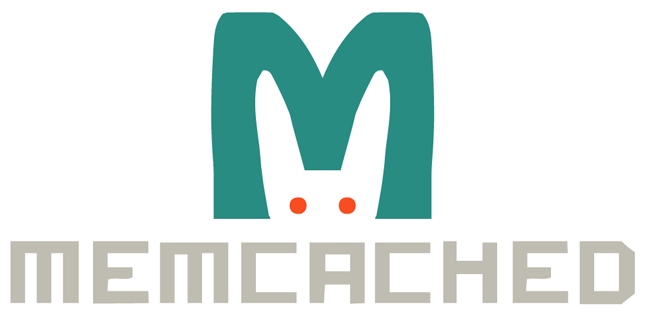Lately the WordPress “Site Health” tool is reporting Object Cache as “Recommended”. Using memcache is one of the most popular solution for this case.
Here are some initial notes:
php-memcacheis a PECL extension;memcachedis a service;php-memcacheandphp-memcachedare two different PECL extensions. Don’t confuse them;- As of this writing
php-memcache8 is available only for PHP 8+. If your environment still uses PHP 7.4 please remember that it has reached End of Life in 28 Nov 2022; - Enabling Object Cache will increase memory usage (RAM) on your machine;
- It is mandatory for your users to define a private
WP_CACHE_KEY_SALTkey in theirwp-config.phpfile. The value must be unique for each WordPress install. This helps prevent cache pollution when multiple WordPress installs are using the samememcachedserver. Not defining a key will have unpredictable results.
This tutorial implies that you are:
- Fully understanding what you’re doing and not just copy/pasting commands;
- Using Plesk on Debian, but this can be easily adapted to RPM-based distros;
- Installing
php-memcachefor PHP 8.1, but feel free to replace 8.1 with any other PHP 8.X version that you have installed on your Plesk machine;
Now let’s get to work.
1. Install dependencies.
apt install autoconf automake gcc pkg-config zlib1g-dev2. Install, start and enable the memcached service.
apt install memcached
systemctl enable memcached
systemctl restart memcached
systemctl status memcached3. Install php-dev in order to have phpize.
apt install plesk-php81-dev4. Install the php-memcache PHP PECL extension. Answer “yes” when required.
/opt/plesk/php/8.1/bin/pecl install memcache5. Load memcache.so into PHP.
echo "extension=memcache.so" > /opt/plesk/php/8.1/etc/php.d/memcache.ini6. Update PHP handlers:
plesk bin php_handler --reread7. Restart services.
systemctl restart plesk-php81-fpm
systemctl restart apache2Note that on RPM-based distros apache2 should be replaced with httpd.
8. Test if php-memcache is loaded.
/opt/plesk/php/8.1/bin/php -m | grep memcacheAt this point the memcached service is installed/started and the the PHP PECL php-memcache is installed/loaded.
Now let’s wrap this by installing the Memcached Object Cache WordPress Plugin.
9. Edit wp-config.php and define WP_CACHE_KEY_SALT. You can add it anywhere in the file, but I recommend adding it before $table_prefix (you might have other keys already defined there).
define('WP_CACHE_KEY_SALT','AddSomeUniqueKeyHere');10. Do not install the Memcached Object Cache plugin via the /wp-admin UI. Doing this might break your WordPress installation. The correct way of installing the plugin is:
- Download the plugin from the official WordPress repository;
- Unpack the
zipfile and locate theobject-cache.phpfile; - Upload
object-cache.phptowp-content. Do not place it inwp-content/pluginsas it might break your WordPress installation. Again, the correct location iswp-content, even if we’re dealing with a plugin.
11. Check that everything is working as expected by going to Tools -> Site Health. WordPress should not mention Object Cache as a missing/recommended. You should also install a File Caching plugin, for example WP Super Cache. Enjoy a faster website! 🙂
Was this tutorial useful? Buy me a drink by using the “Donate” button below. :)
